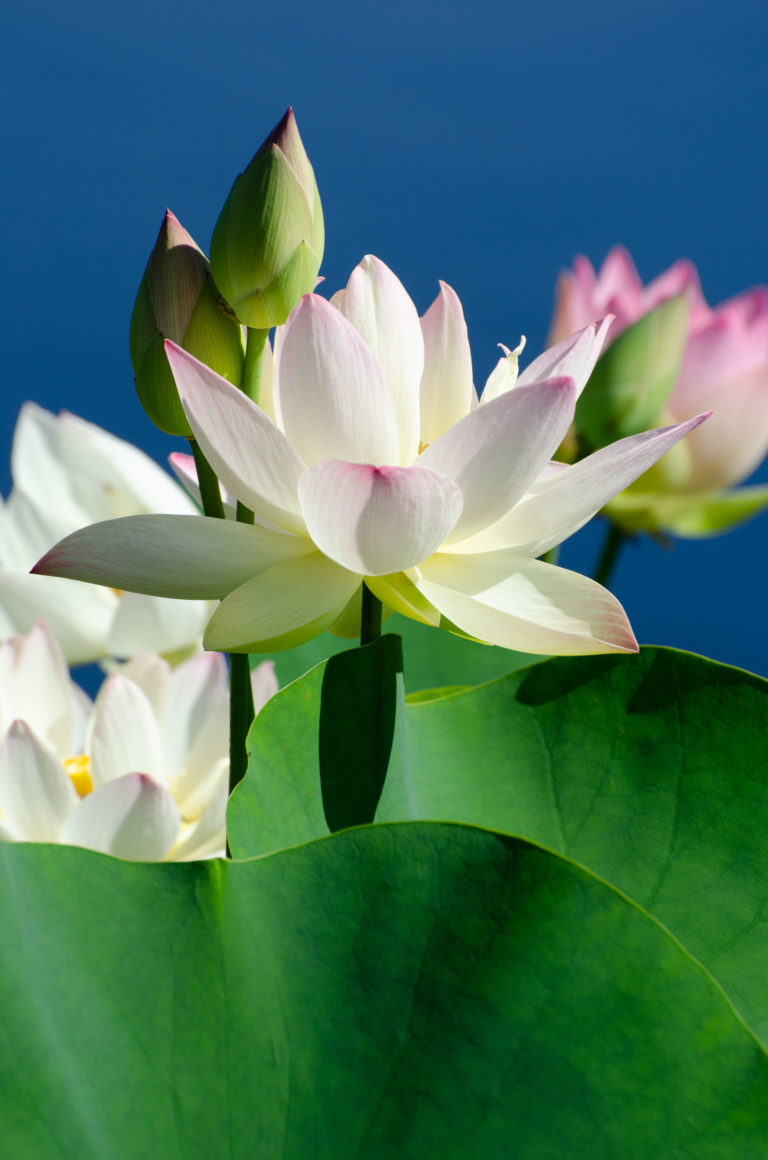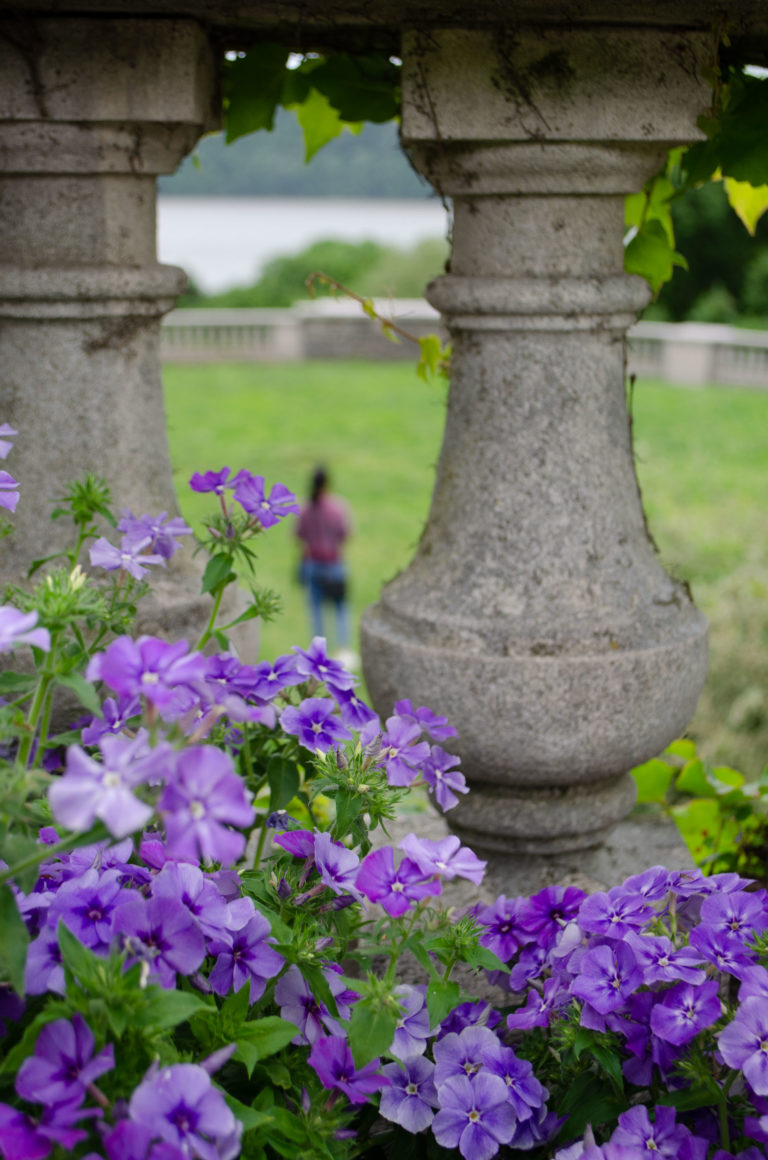
Salvia, Invaluable Autumn Garden Companions
October 21, 2021Take time to appreciate the diversity of tender perennial salvias in play throughout the gardens on a lovely autumn day. Varied topography and climate have forced salvias to evolve into a diverse group of plants. The result is a “well-traveled” genus that is native to most continents, except for Antarctica and Australia. A tour of some Wave Hill favorites provides just a glimpse at this group’s multiformity and its value in garden design.

FLOWER GARDEN
Salvia splendens ‘Van Houttei’
Wave Hill’s Flower Garden would be incomplete without salvias. This year, find over 50 species and cultivars blooming alongside other autumn-flowering perennials. Gardener Gelene Scarborough includes many salvias in her plantings in this part of the garden. As she explains, “they extend the bloom season and are the best for attracting hummingbirds to the garden.” From May until the first frost, there is always a salvia in bloom in this garden space. Throughout the summer, hummingbirds keep an eye on red-hued salvias, like Salvia splendens ‘Van Houttei’ (scarlet sage cultivar).

PERGOLA
Salvia oxyphora
With such a divergent group of plants, there is a salvia for every garden need. Beneath the Pergola, large-leaved Salvia oxyphora flourishes in partial shade alongside tropical understory plants. Gardener Shane Pritchett included Salvia oxyphora (Bolivian hummingbird sage). Its “nice foliage,” he says, ”goes well with my seasonal tropical displays. Its late blooms are great for early fall interest.”

DRY GARDEN
Salvia discolor
There is a salvia flower in every color, from black to gentian. Even their leaves are colorful, with red hairs, silvery undersides or embossed white veins. The award of most uniquely dressed surely goes to Salvia discolor (Andean sage). ’Discolor’—two-colored—refers to its green and white leaves, which contrast with the plant’s flowers, described by Gardener Harnek Singh as a “very unusual black.”

WILD GARDEN
Salvia caccaliifolia
The Wild Garden is currently dominated by members of Asteraceae (aster family). Their large size commands attention, but look closer and you can catch sight of salvias peeking out between the leaves of their burly neighbors. Salvia caccaliifolia (blue vine sage) climbs up nearby plants, offering lovely gentian-blue flowers. Gardener Christopher Bivens enjoys saying the plant’s name almost as much as he likes seeing its “unique deltoid foliage with color shifts from acid greens to deep violets, all offset by deeply blue inflorescences.”

This post is only a glimpse into salvia’s diverse qualities—enough, I hope, to whet your appetite for discovering more on your next visit to Wave Hill this month.
Jess Brey,
Ruth Rea Howell Senior Horticultural Interpreter



